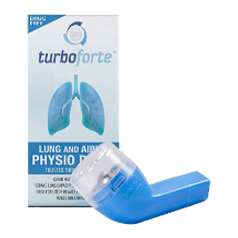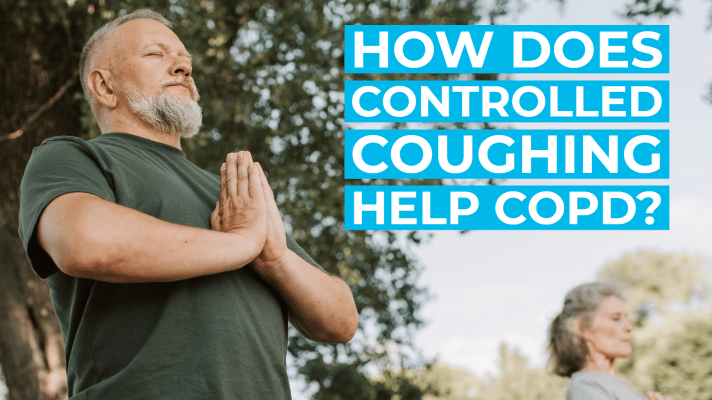Study
Oscillatory Positive Expiratory Pressure in Chronic Obstructive Pulmonary Disease
Finding
“In COPD patients with chronic sputum production, PEQ and SGRQ scores, FVC and 6MWD improved post-oPEP. FEV1 and PEQ-ease-bringing-up-sputum improvements were related to improved ventilation providing mechanistic evidence to support oPEP use in COPD.”
Abstract
Evidence-based guidance for the use of airway clearance techniques (ACT) in chronic obstructive pulmonary disease (COPD) is lacking in-part because well-established measurements of pulmonary function such as the forced expiratory volume in 1s (FEV1) are relatively insensitive to ACT. The objective of this crossover study was to evaluate daily use of an oscillatory positive expiratory pressure (oPEP) device for 21-28 days in COPD patients who were self-identified as sputum-producers or non-sputum-producers. COPD volunteers provided written informed consent to daily oPEP use in a randomized crossover fashion. Participants completed baseline, crossover and study-end pulmonary function tests, St. George’s Respiratory Questionnaire (SGRQ), Patient Evaluation Questionnaire (PEQ), Six-Minute Walk Test and (3)He magnetic resonance imaging (MRI) for the measurement of ventilation abnormalities using the ventilation defect percent (VDP). Fourteen COPD patients, self-identified as sputum-producers and 13 COPD-non-sputum-producers completed the study. Post-oPEP, the PEQ-ease-bringing-up-sputum was improved for sputum-producers (p = 0.005) and non-sputum-producers (p = 0.04), the magnitude of which was greater for sputum-producers (p = 0.03). There were significant post-oPEP improvements for sputum-producers only for FVC (p = 0.01), 6MWD (p = 0.04), SGRQ total score (p = 0.01) as well as PEQ-patient-global-assessment (p = 0.02). Clinically relevant post-oPEP improvements for PEQ-ease-bringing-up-sputum/PEQ-patient-global-assessment/SGRQ/VDP were observed in 8/7/9/6 of 14 sputum-producers and 2/0/3/3 of 13 non-sputum-producers. The post-oPEP change in (3)He MRI VDP was related to the change in PEQ-ease-bringing-up-sputum (r = 0.65, p = 0.0004) and FEV1 (r = -0.50, p = 0.009). In COPD patients with chronic sputum production, PEQ and SGRQ scores, FVC and 6MWD improved post-oPEP. FEV1 and PEQ-ease-bringing-up-sputum improvements were related to improved ventilation providing mechanistic evidence to support oPEP use in COPD. Clinical Trials # NCT02282189 and NCT02282202.
https://pubmed.ncbi.nlm.nih.gov/26430763/
Cited
Svenningsen S, Paulin GA, Sheikh K, et al. Oscillatory Positive Expiratory Pressure in Chronic Obstructive Pulmonary Disease. COPD. 2016;13(1):66-74. doi:10.3109/15412555.2015.1043523




